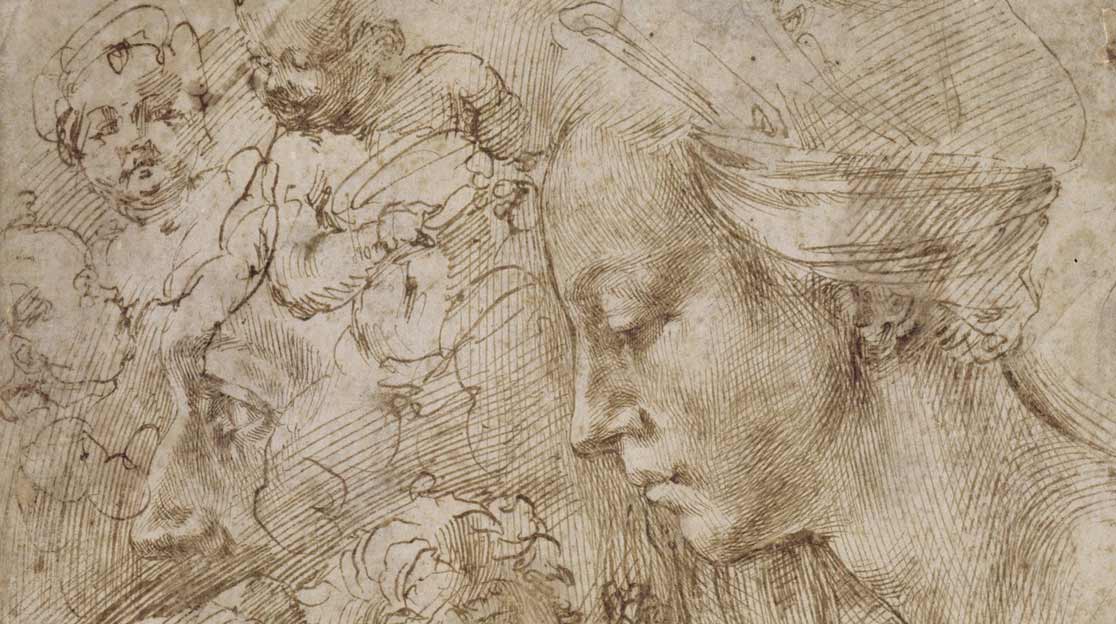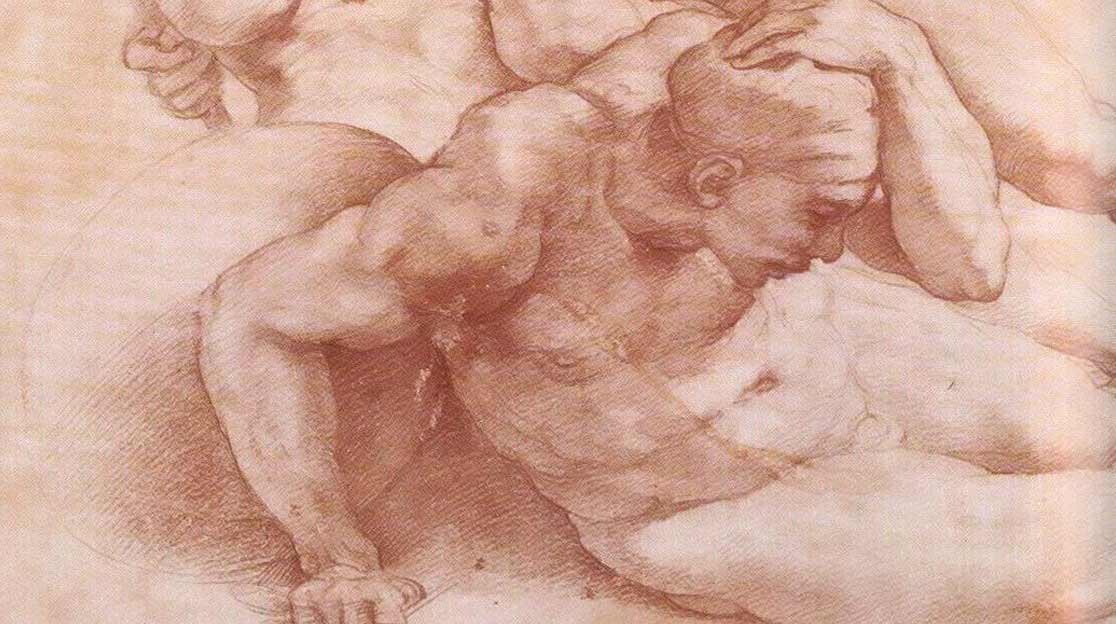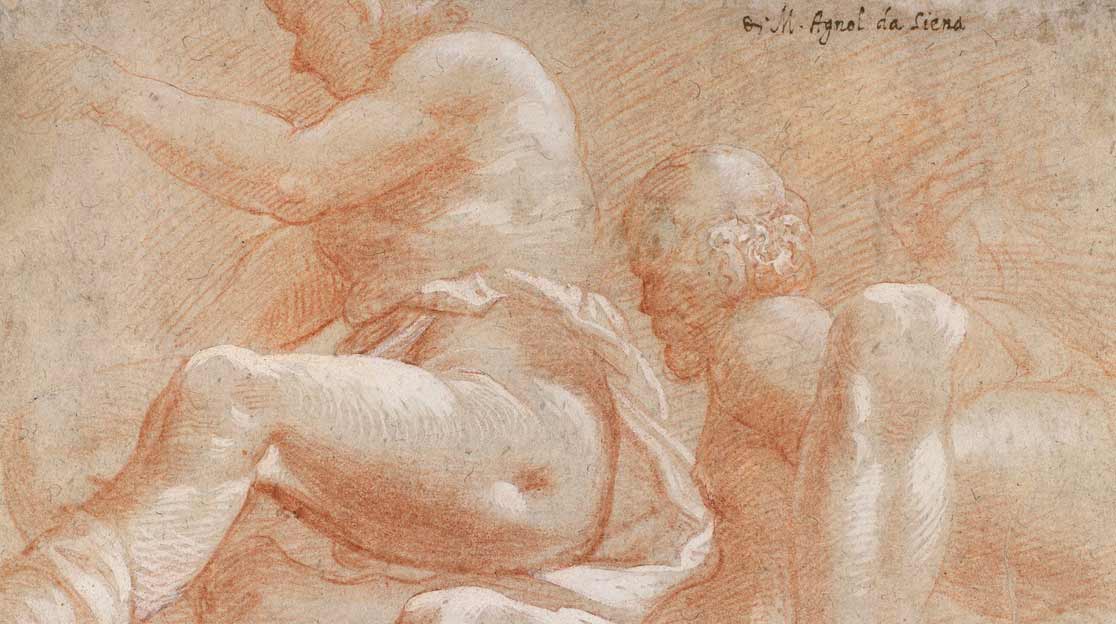How to Learn Life Drawing
Life drawing - recreating the human figure - is one of the most challenging of art forms. Many people labor under the myth that great artists are born; that unless you've been blessed you will never paint or draw like a maestro. This is far from the truth. Like any skill, life drawing is acquired through meticulous study, polishing of technique and...
Practice. Lots and lots of practice. There's no way around it. To become accomplished at life drawing, you must practice every day, even if it's only five minutes.

For those starting out, hiring a model can be an unaffordable expense, especially when you can't draw fast. An option while you're learning is to draw your reflection in a mirror. You could also draw a fellow artist and take turns sitting. Or take a tip from Lucien Freud, a private individual who only painted his friends, wife and family, and well, a few of his mistresses too. Friends and family may volunteer to sit for long periods, and they don't have to be undressed. Even a girlfriend wearing a bikini may give you all the inspiration you need.
You'll soon realize that acquiring life drawing skills isn't something you can do on your own. Like any major study or discipline you must learn it. Fortunately there are some great courses online, and you should also consider attending a life drawing class at a school or college. You will meet fellow artists and have access to real-life models.
Of course the main reason to take a course in life drawing is to learn technique. You will be taught figure proportions, and get to understand the human figure. A good course will teach you to really observe the model; drink in the weights and the pose. Life drawing is at least 50% observation.

And don't stop there. To become accomplished at life drawing it's vital you gain a deep understanding of anatomy. That doesn't mean you have to become a trained surgeon, but buying yourself a couple of good anatomy books is a worthwhile investment. The best life drawing artists understand how the human form overlaps not only muscle but bones and fat too. Understanding anatomy means you can understand how the body is structured, and how it moves and functions.
It's good practice to consider life drawing as a problem which needs to be solved in a limited time. It's no good obsessing on particular details like an ear or a hand. You must seize the moment.
Start with a gesture line which inspires you. This can be any prominent feature, the line of the shoulders, for example. Or it might be a line which defines the main action of the body. A gesture line is a useful artistic concept which speeds the drawing process.

Next, try to pick out geometric shapes in the figure or the pose. This allows you to capture the proportions and build composition.
Many artists prefer to start with the head by drawing an oval and then proceeding towards the feet. Regardless, it's important to build up areas simultaneously so that it becomes easier to compare proportions.
Life drawing is about comparing the real model with the artist's conception of the model. Don't be afraid to make mistakes, and don't ape other artists. Be confident and cultivate your own personal style. With dedication and study you too can one day become a great life drawing artist.
This is your unique chance to get a lifetime academy membership and a dedicated team of art teachers.
Such unlimited personal tutoring is not available anywhere else.




